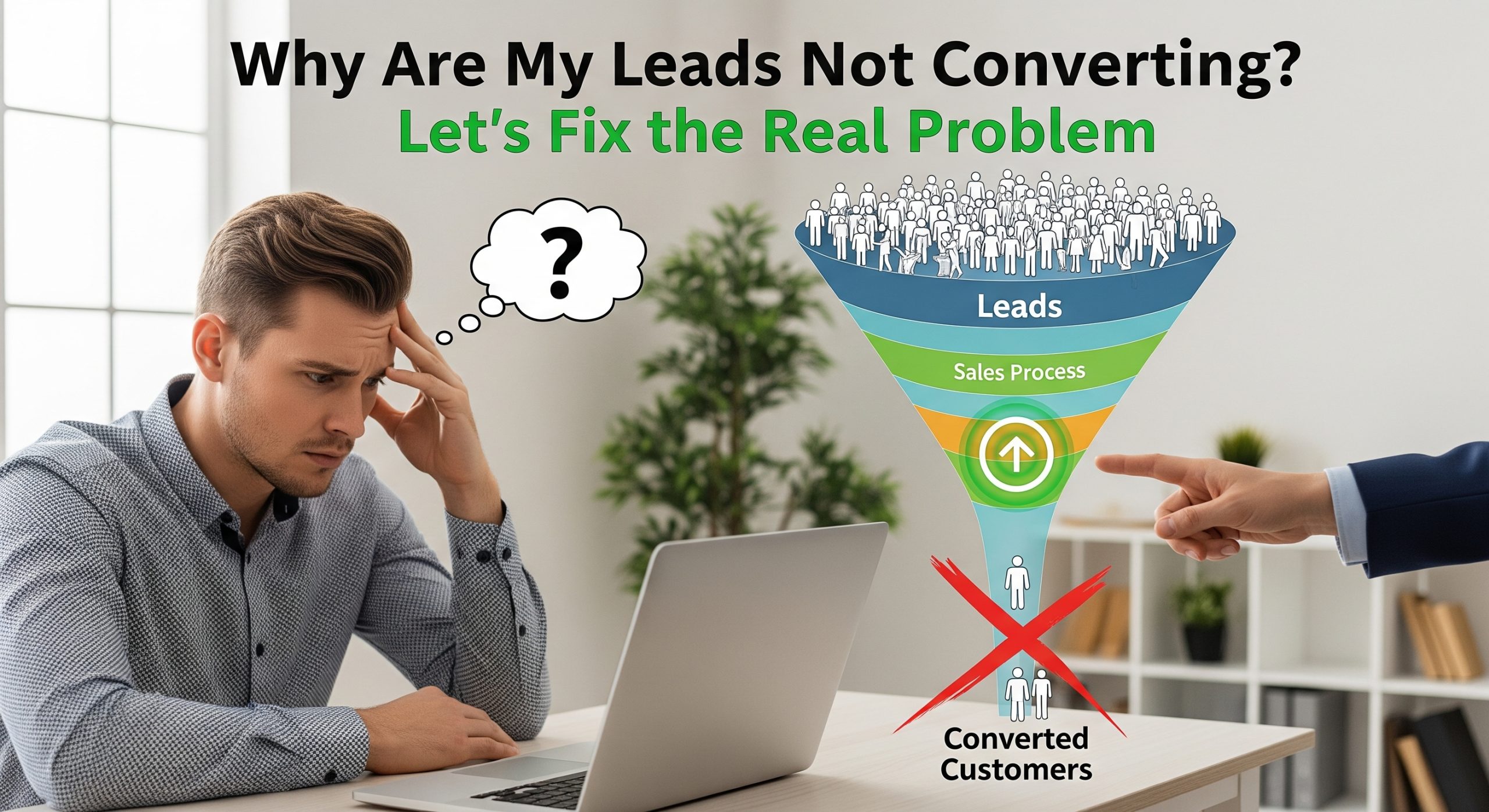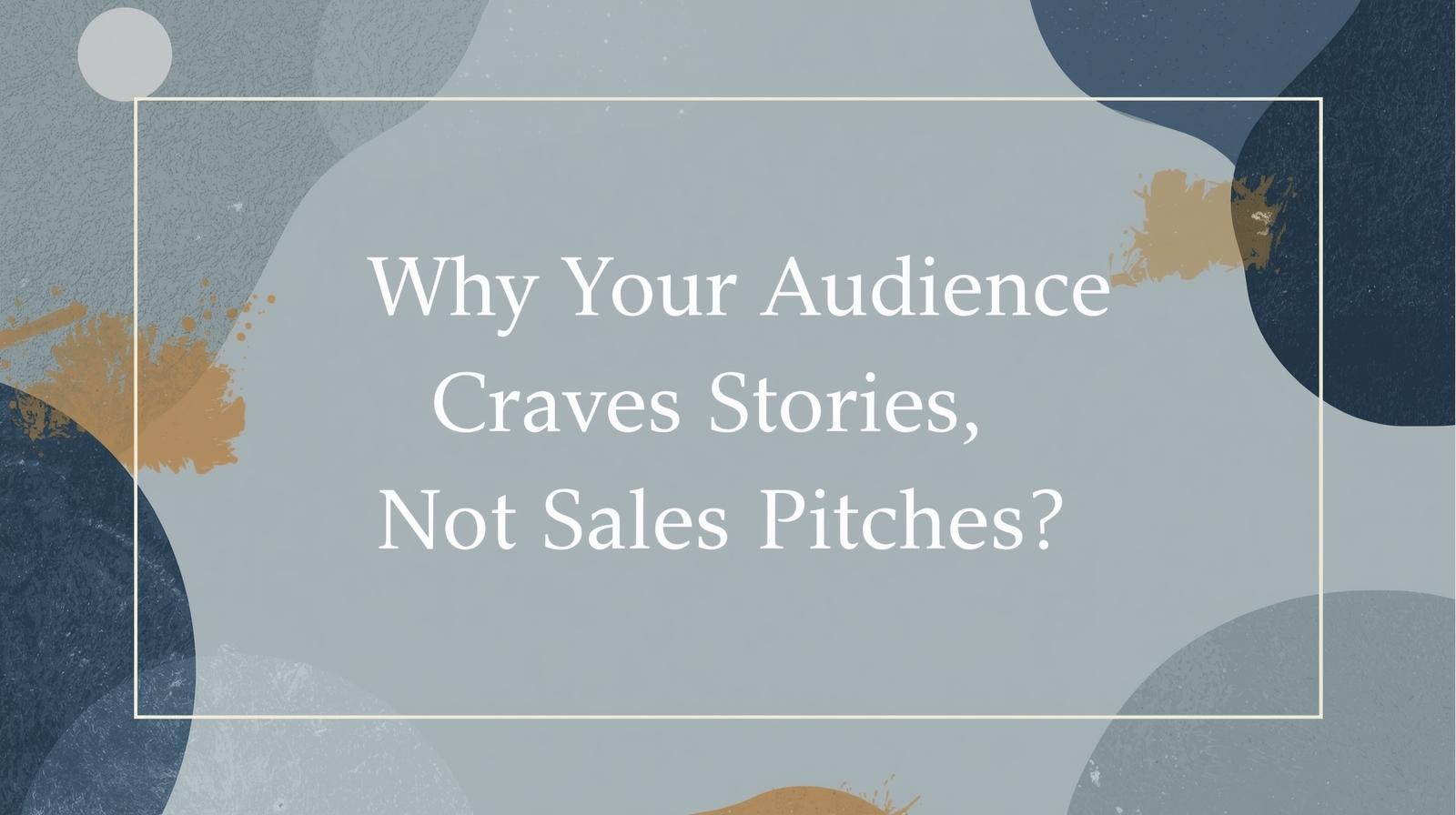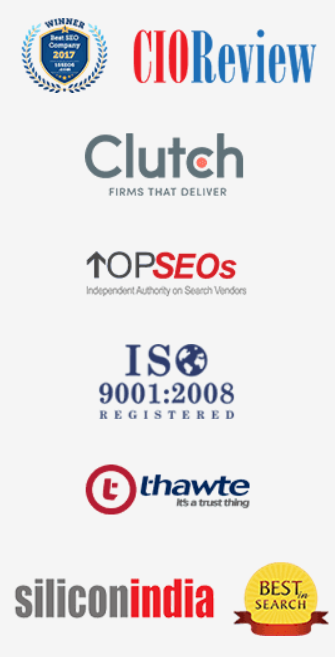One of the biggest challenges digital marketing companies face is generating leads, but not getting enough conversions.
Finding leads is a challenging task in itself, but converting them to potential customers requires a well-planned strategy. Your pipeline may dry up more quickly than you anticipate if these strategies are not put in place to convert leads into potential customers.
But what is the solution to this? How can brands develop a systematic lead generation mechanism that also results in conversions? In this blog, we will look into the challenges of transforming leads into conversions. But before that, let’s understand what the problems might be for not getting enough conversions.
Understand the Problem Behind Getting Leads, But Not Conversions
If your performance marketing metrics show that your ad creatives are getting traffic and even leads, but you are not able to convert them into potential customers, you need an uplift.
If your leads are going to waste without getting any real conversion, it leaves you with a sense of uncertainty. However, you should know that it is one of the common issues faced by many brands. The real strategy here is to first understand the problem behind getting leads, but not conversions.
#1: Not Targeting the right crowd
One of the reasons for not getting enough conversions from your leads is that you are not targeting the right crowd. Understand when you get engagement on your posts and marketing campaigns. Engagement may not be from all the ideal customers. This indicates that your audience targeting may be wrong.
Businesses and performance marketing companies target customers based on their behaviours, interests, age, geographic location, and other factors to get traction from the right crowd. You need to comply with Google’s guidelines and provide audience information in your campaign.
#2: A leaking funnel will not lead to anything
If your sales funnel strategy is not top-notch, customers will have a difficult time reaching out to your brand. Fewer conversions mean that between the click and the sale, the marketing funnel is not performing effectively.
With an unclear sales funnel strategy, there might be too much friction for customers. The problems may include not being able to locate the CTAs, unclear guidelines as to what to do next, and customers not being able to track your landing page or social media handles. A robust marketing funnel strategy ensures that the marketing funnel drives the customers through stages of awareness, consideration and sale without giving a nudge to the customers. Your brand will face difficulty in converting leads to potential customers without a marketing and sales funnel.
#3: Unclear call to action
You may either be missing the appropriate call-to-action buttons in your landing page or on other places on your website. Alternatively, you can say that poor conversions are the result of a weak CTA strategy.
Either of these two factors will create a roadblock for customers. They will not understand what their next step should be. CTAs drive customers to take action. Without a clear placement on the website, your conversion game will remain weak.
Fix Your Conversion Strategy: From Leads to Conversions
#1: Providing a Clear Value Proposition to Customers
The first step is to provide a clear value proposition to the customers. If the converted leads do not understand the value proposition of your service or product, they will not take the next step. Hence, brands must emphasise the outcomes and benefits of the offered products by tailoring them to fit the needs of the targeted audience.
#2: Resolve Friction in Marketing Funnel
Clearly understand if there is any friction in the marketing funnel. You should not have an overly complex process, slow loading time and long forms in the marketing funnel. It can lead to frustration among customers. Hence, using a simple user journey, you can remove unnecessary steps from the marketing funnel and ensure a smooth customer experience.
#3: Enhancing the trust of customers in your brand
If customers trust your brand or business, they will leave positive reviews for your service or product online. It helps you establish social proof that customers like and enjoy your products/services. You can do this by providing case studies, testimonials, etc, on your website to build brand credibility. You should encourage users to provide reviews for your products or brand online to build credibility.
To Sum Up
You can track the conversion rate using essential marketing metrics like lead source performance, conversion rate and sales cycle length. Conversion rate determines the number of leads which are turning into paying customers. You should design specific marketing initiatives for each marketing funnel stage. Some will perform excellently to generate initial interest among the audience, while others may deliver a higher conversion rate, depending on their purpose.
Whichever the case, you need a step-by-step strategy to boost conversions for your brand. You can contact our marketers at VerveOnlineMarketing, a leading performance marketing company in India, to develop a robust and strategic marketing funnel strategy for your business. The marketing funnel will help customers go through different phases of awareness, consideration and finally sale.






